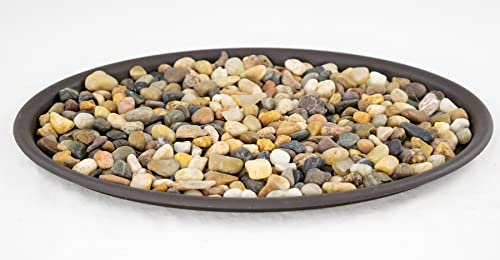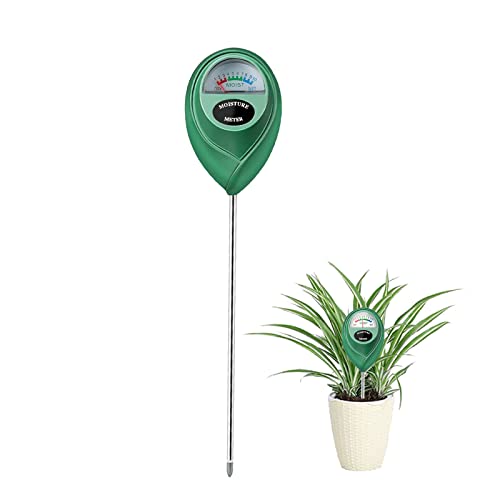How to Protect Houseplants From Central Heating, According to Experts
Simple advice to keep foliage flourishing throughout the cold season, without it perishing at the hands of your home's heating
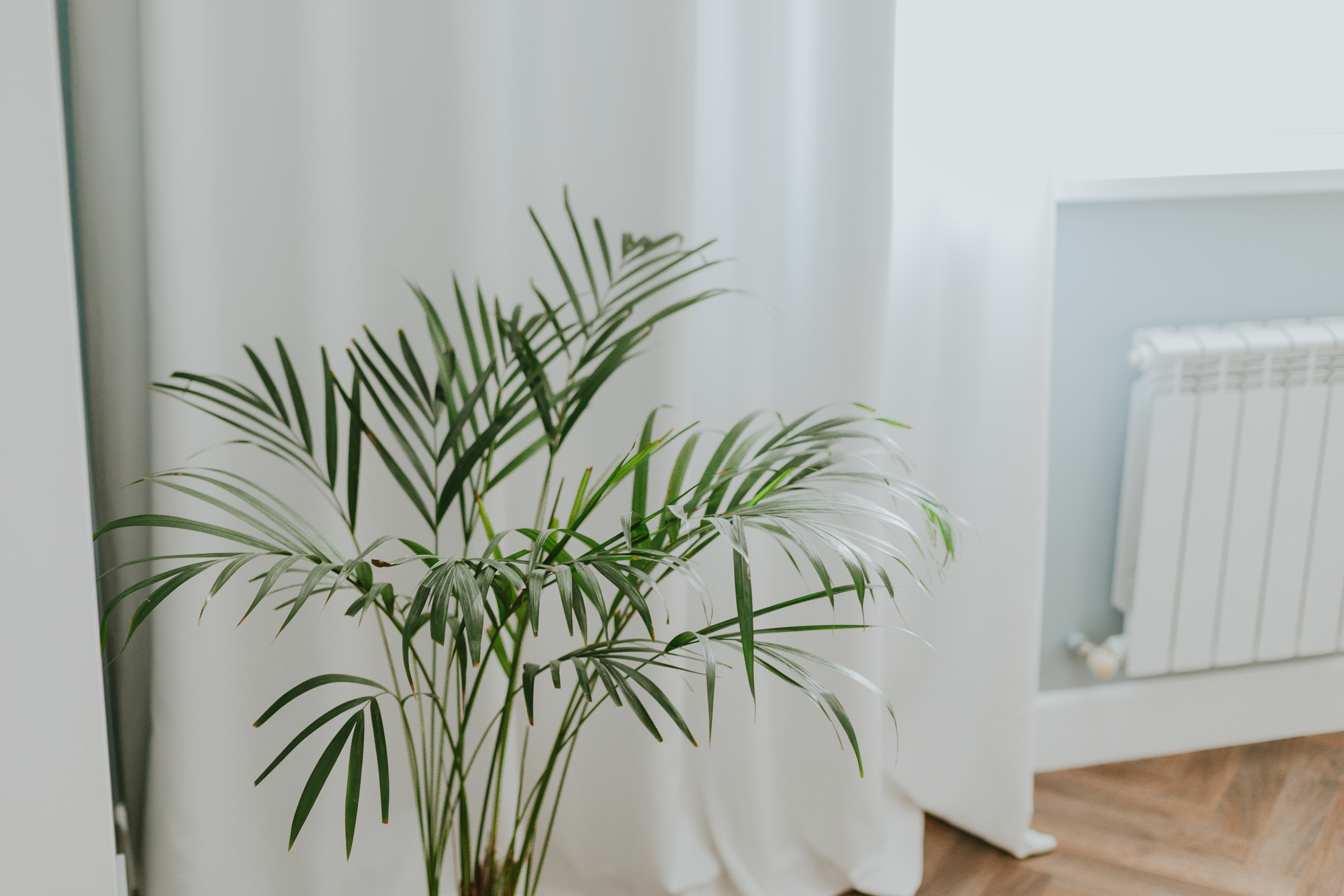
Many of our favorite houseplants hail from hot and humid tropical regions. So once the furnace or boiler is cranked up at home, the indoor air becomes much drier, and some of our prized plants can suffer. Knowing how to protect houseplants from central heating is key to helping them thrive inside during the winter.
'Plants can tolerate a wide range of temperatures but usually grow best between 65-80ºF,' says plant guru Lisa Eldred Steinkopf, author of Houseplants. 'Through yellowing leaves and leaf drop, a plant will let you know if it doesn't like the temperature.
'Humidity is also an important aspect of caring for houseplants,' adds plant expert William Davidson, author of Dr Houseplant. 'Plants take up the water they are given and use it, together with light and air, to grow. Many plants also need a degree of moisture in the air around them in order to flourish.'
Even when you've picked the best houseplants for beginners, central heating can cause your indoor jungle issues — here's how to keep your indoor plants healthy and happy.
1. Group plants together
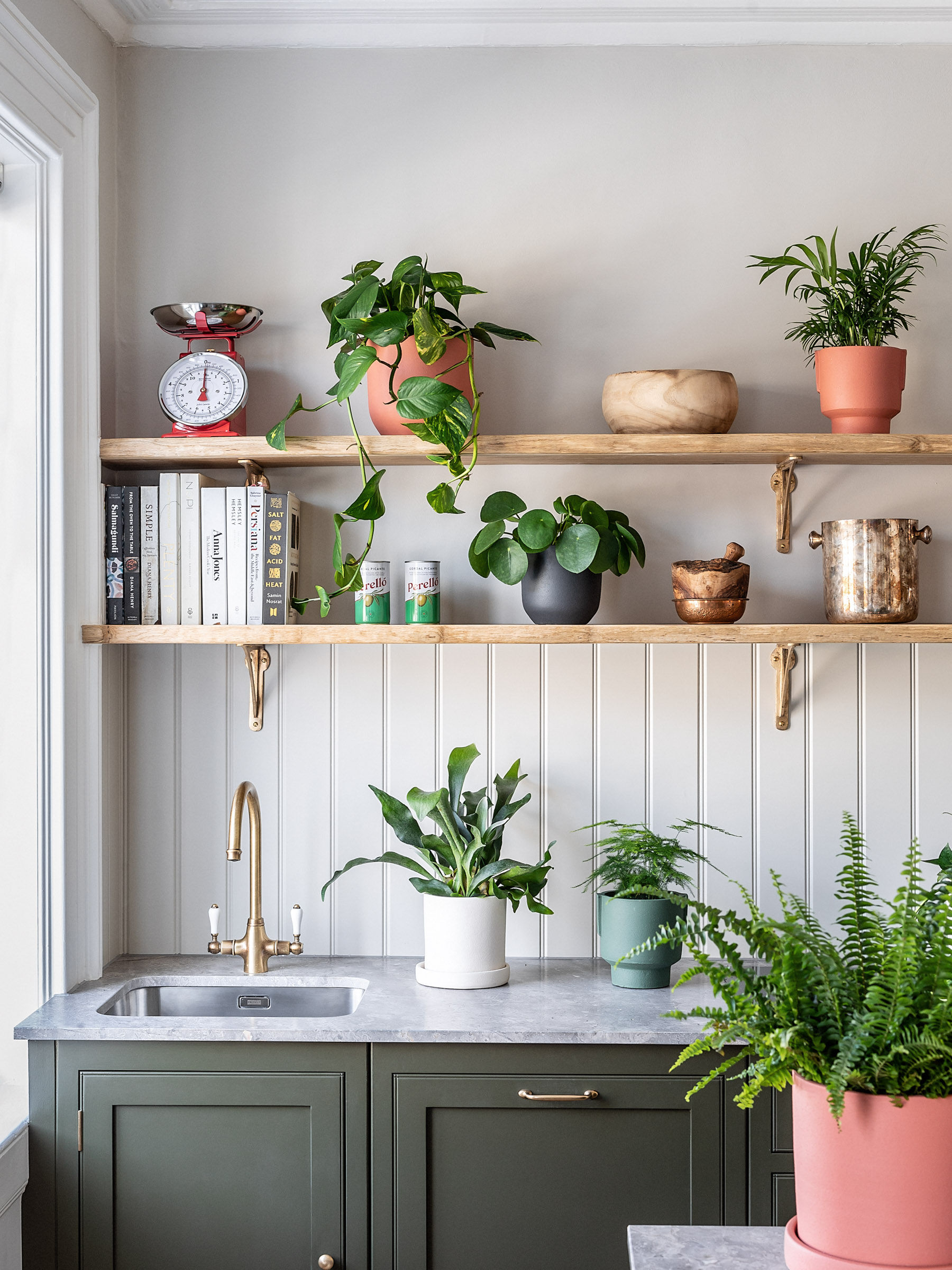
'The air in modern homes tends to be on the dry side, so plants need a humid atmosphere to be created for them,' continues William Davidson. 'Do this by arranging them in groups wherever possible. While the air is warm, they will lose a certain amount of moisture, making the air around them more humid.'
If you don't have the space to group your plants together on a particular surface, there are other ways to create more humidity. This can be done naturally or you can also use a humidifier with indoor plants.
2. Raise the humidity

The dry air in our homes is generally more of an issue than the temperature increase. However, it's easy enough to raise the humidity levels in an entire room or around a plant.
The Livingetc newsletters are your inside source for what’s shaping interiors now - and what’s next. Discover trend forecasts, smart style ideas, and curated shopping inspiration that brings design to life. Subscribe today and stay ahead of the curve.
'When the furnace kicks in, the amount of humidity in the air drops to practically nothing,' explains plant guru Lisa Eldred Steinkopf. 'A whole house humidifier on the furnace is the optimal way to raise humidity.
'If that isn't possible, a room humidifier placed in the same room as the plants, is the next best option,' Lisa says. 'However, if you only want to raise the humidity in the immediate vicinity of the plants, a pebble tray is the most effective remedy,' she continues.
'Place pebbles in a saucer larger than the one your plant is sitting in. Pour in water to just below the top of the pebbles, and set the plant on top of the pebbles,' Lisa adds. 'As the water evaporates, the humidity is raised around the plant. Make sure the plant is not sitting in water, but sitting on top of the pebbles.'
3. Create a plant checking schedule
When the indoor air is dry, your plants may need extra water. However, less light can mean they use less, so check each plant individually and don't assume what is good for one, is good for all.
'Watering practices are the biggest killer of plants,' says Lisa. 'Whether you tend to over or under water, watering can be the hardest thing to get right when taking care of a houseplant. Your plants will need to be checked more often when the heater comes on (and when the air-conditioning goes on). Both the furnace and air-conditioner lower humidity, and until plants adjust, they may need more water.'
So how often should you water houseplants? 'Instead of watering every Friday for example, checking your plants on a schedule is best practice. Every plant you have does not need to be watered on the same day,' Lisa adds. 'The best way to check your plant for moisture is to stick your finger into the potting medium. If it is moist at the first or second knuckle put the watering can down.
'If it is dry, then give it a good drink. If a plant is well watered, it can more easily withstand low humidity.'
4. Water them thoroughly
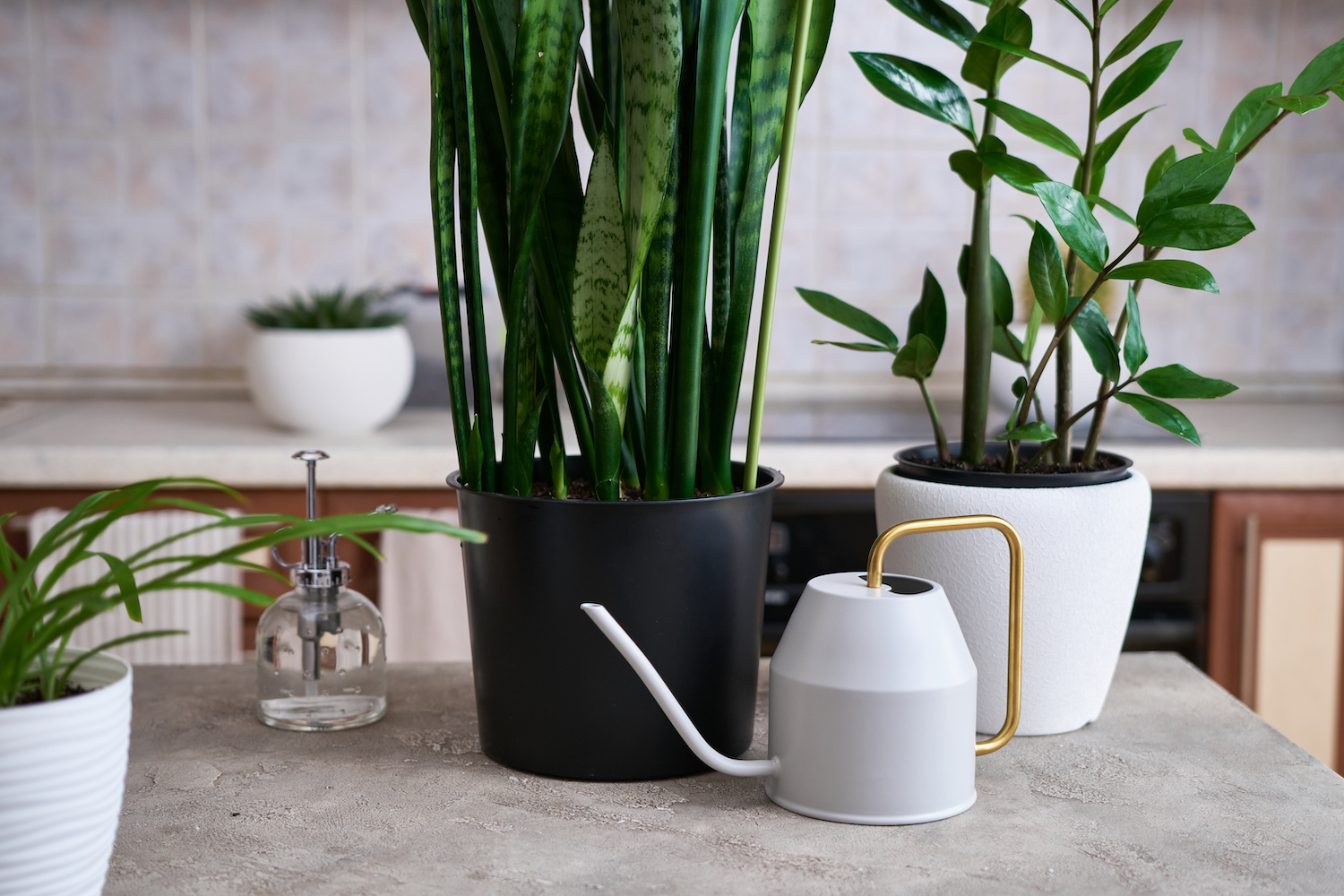
'Giving your plant just a little water, hoping you don't overwater it is not the correct way to water,' explains Lisa. 'Water every plant until water runs out of the bottom of the pot and let it drain. The water draws air through the soil, as it runs out the bottom, bringing air into the roots.
'Make sure to water all the way around the pot, not consistently in one spot every time. This ensures that the whole rootball is well moistened. Watering in the same spot every time can lead to root death in other spots in the pot that have dried out,' Lisa adds. 'A plant that has wilted may be an indicator that the plant is dry. Check the potting medium (soil) though, as it can also indicate the plant is too wet, the roots have rotted and the plant can no longer take up water.
'Needless to say, waiting until a plant wilts should not be used to determine when a plant needs water,' she adds. 'Never leave a plant standing in water for an extended period, as it could lead to root rot.'
5. Give them a shower or dust their leaves
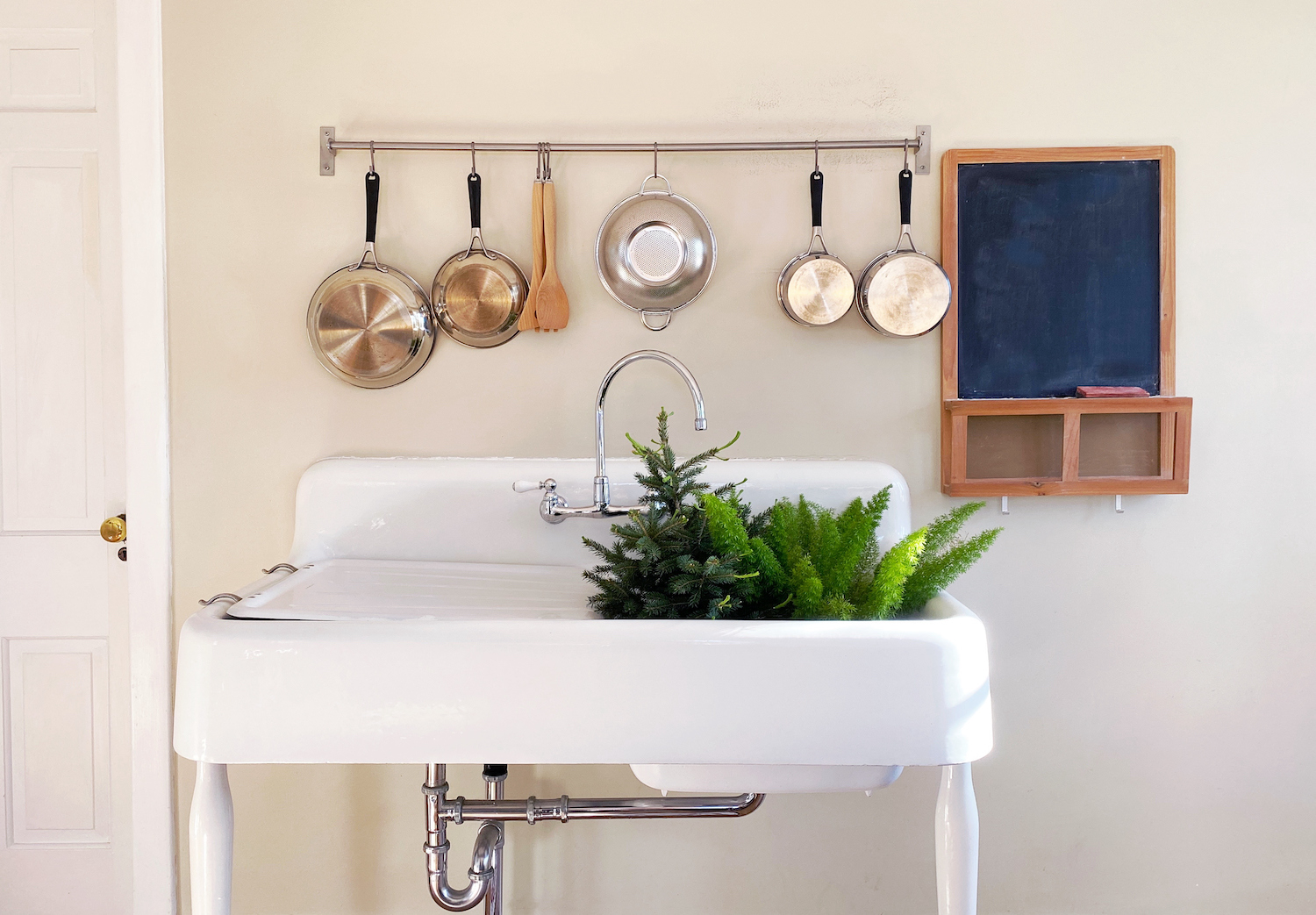
Clean, dust-free leaves allow a plant to photosynthesise, which is how it receives its nutrients. With the heating on and less air circulating, dust can accumulate on plants without us noticing.
'To keep plants healthy and glowing, an occasional shower is called for,' says Lisa. 'This doesn't have to be done weekly or monthly, a few times a year is sufficient. Outside, our plants receive a shower every time it rains.
'If your plant is small enough to move, give it a gentle spray in the kitchen sink, or move it to the shower. Use lukewarm water, never too hot or cold, so as not to shock the plant.
'if your plant is too large to move, use a damp cloth or sponge to wipe its leaves often to keep dust from blocking photosynthesis.'
6. Fit an air vent cover
We'd feel parched if we sat beside a hot air vent all day and plants are no different. Watering the soil if it becomes dry can help but there are other simple tricks too.
'Plants appreciate air circulation but a heat vent blowing on them is not ideal,' says Lisa. 'The air coming from the vents can be warm and may dry the leaves out.
'Use a vent cover that directs the heat out along the floor instead of up toward your plant. These inexpensive magnetic covers can help prevent dry air around plants that may attract spider mites.'
7. Place plants away from heat ducts or radiators
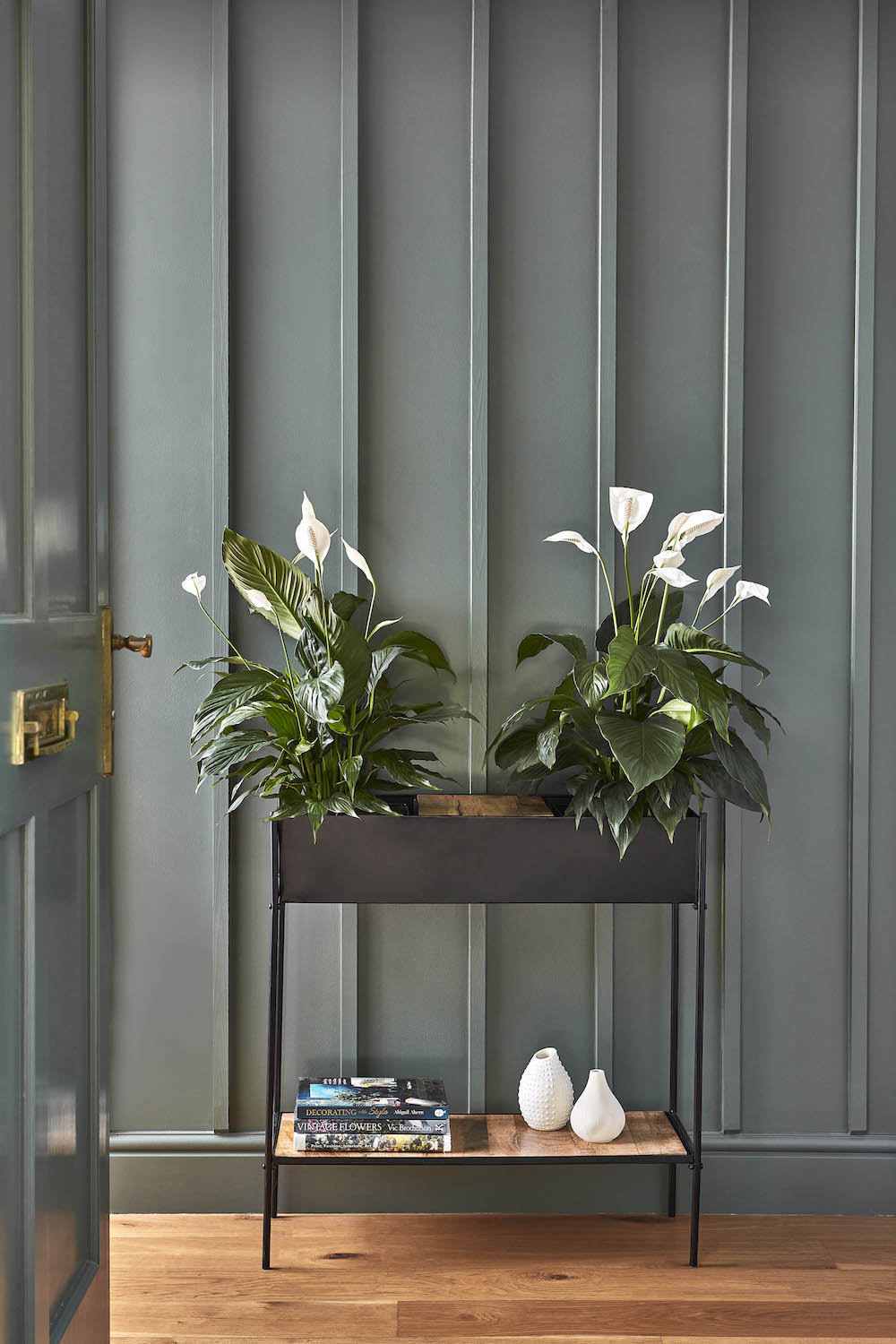
If you don't like the look of plastic air vent covers, or you have large radiators or heaters in your home, move any plants that are close by to another spot.
Alternatively, if you have underfloor heating, place your plant on a pedestal or a raised planter, so it is not sitting directly on the heat source. Or get creative with a stack of old hardback books or some pretty tiles as a plant perch.
'Plants simply do not like heaters, so keep them well away,' says William. 'Remember the air will be dry near electrical appliances like televisions too.'
Jacky Parker is a freelance lifestyle journalist and writer, producing a wide range of features for magazines and digital platforms. She has written for Livingetc and its sister titles, Homes & Gardens and Country Homes & Interiors for more than 15 years, both as a freelance contributor and as Acting Digital Editor and Acting Style Content Editor, regularly reporting on the latest interiors, gardens and wellness inspiration, speaking to experts in their respective fields, and discovering the best tips.
Jacky has also written for other publications, including Sunday Times Style, The Telegraph, Architectural Digest, House Beautiful, ELLE Decoration, Red, Grand Designs and more.
